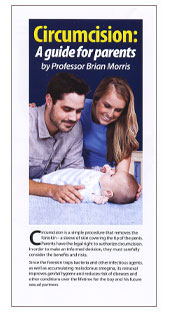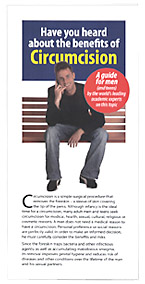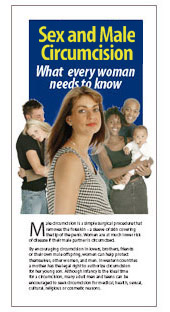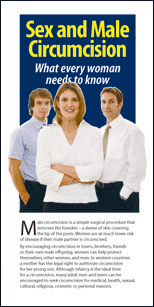Circumcision -
Societal Class Distinction
In Britain a class distinction is associated with circumcision. Circumcision indicated traditionally that a doctor had attended the birth (a marker of family wealth) rather than a midwife (more likely to be used instead by poorer people).
The British Royal Family and the upper classes are circumcised and the lower classes and those who left school before 17 much less so [O'Farrell et al., 2005]. Queen Victoria believed her family descended from King David (of the Biblical Old Testament) and sanctioned circumcision. Prince Charles was circumcised by a mohel (a rabbi who specializes in circumcision). Princess Diana decided that Princes William and Harry would go uncircumcised. However, it is suspected that William was later circumcised in his teen years when it was announced that he went into hospital for a ‘hernia’ operation (regarded as ‘code’ for ‘circumcision’).
Circumcision was common amongst the royal families of other European countries, many of which intermarried with each other and the British Royal Family.
Socio-economic stratification is seen in the USA as well. The US National Health and Lifestyle Survey saw higher circumcision rates among whites and the better-educated [Laumann et al., 1997]. There was little difference between different religious groups. In the National Health and Nutrition Examination Survey (NHANES) 1999-2004, for those born in the 1970s, circumcision rate was 96% in men with an annual household income of greater than $55,000, 92% for income $35,000-54,999, and 84% in those below the poverty level [Xu et al., 2007]. For those born in the 1980s the corresponding rates were 85%, 85% and 75%, respectively.
Similarly, in Australia, the higher socio-economic-educated groups in society had higher rates of circumcision [Richters et al., 2006].
In the US NHANES survey sexual initiation occurred at the same age (16.7 and 16.9 years) in uncircumcised and circumcised men, respectively [Xu et al., 2007]. The proportion who had ever had a male partner was also similar (3.4% and 4.9%, respectively). Median number of lifetime sex partners was 5.8 and 7.0 in uncircumcised versus circumcised men, respectively, but after stratification by race/ethnicity there was no difference [Xu et al., 2007].
Thus, in English-speaking countries of Anglo-Celtic heritage, the upper echelon tend to be circumcised.



